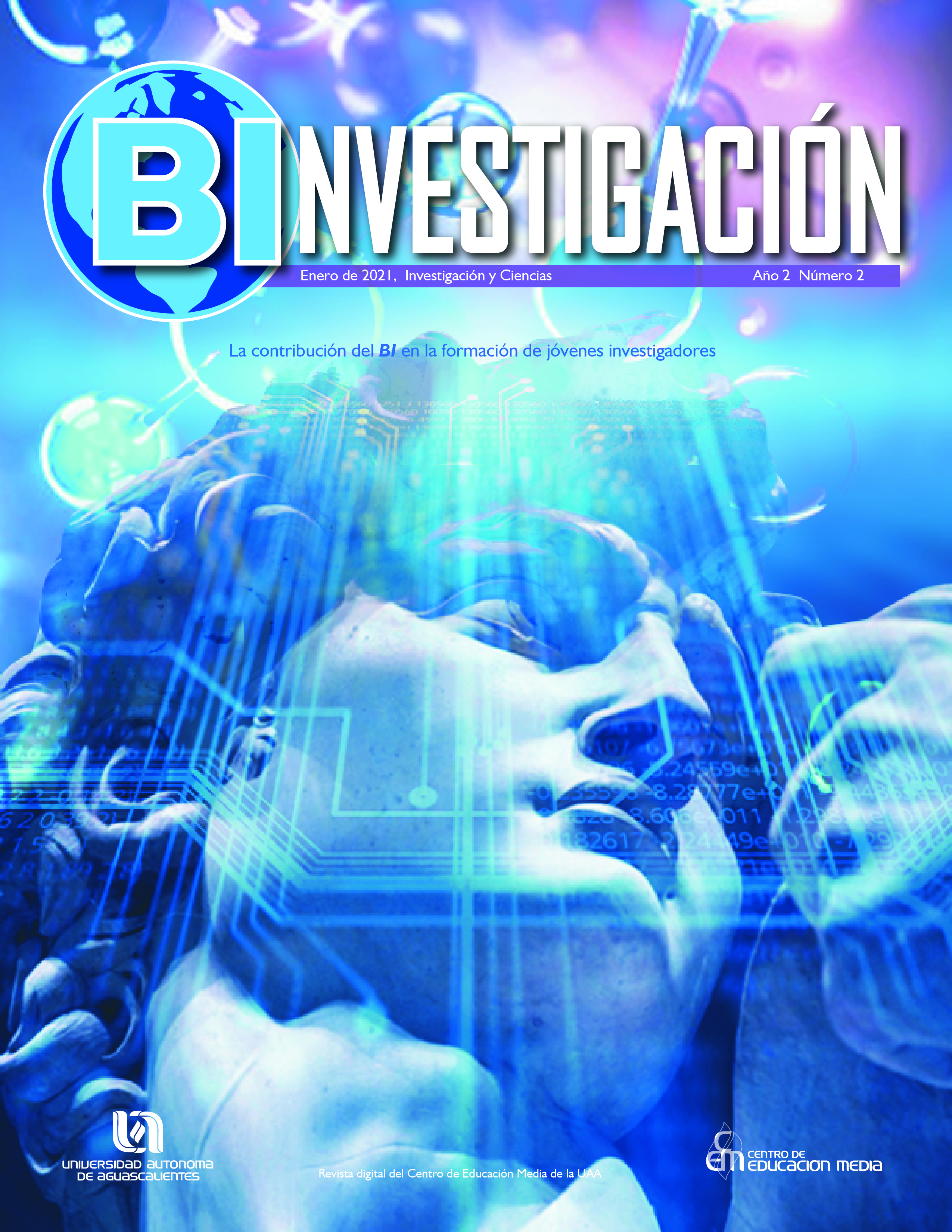Analysis of the amount of coliforms present in the water of the treatment plant of the Autonomous University of Aguascalientes
Keywords:
coliforms, water treatment plant, wastewater, NOM-001-SEMARNAT-1996, NOM-003-SEMARNAT-1997Abstract
In water there are various pathogenic microorganisms, such as coliform bacteria and various protozoa, which, when present in various bodies of water, may be called contaminated or waste water, depending on their origin. Therefore, machinery was created to be able to remove both solid waste, microorganisms and heavy metals, which are called wastewater treatment plants. In order to know if the operation of the treatment plants is efficient, the SEMARNAT (Secretary of the Environment and Natural Resources) proposed various official standards for their correct operation and so that the health of human beings is not affected by what is contained in already treated water.
This article aims to demonstrate the effectiveness of the water treatment plant of the Autonomous University of Aguascalientes. This was done by sampling two samples of water from the inlet and outlet of the treatment plant, then we worked with the methodology used within the university, which was the Most Probable Number (for its acronym NMP), This methodology consisted of three tests: the presumptive test, the confirmatory test and the final test, each one with a specific objective to determine the presence or absence of total and fecal coliforms.
Downloads
Downloads
Published
How to Cite
Issue
Section
License
La revista Binvestigación está bajo una licencia de Creative Commons Reconocimiento-NoComercial-Compartir Igual 4.0 Internacional.

Declaración de privacidad
Los nombres y las direcciones de correo electrónico suministradas a la revista se utilizarán exclusivamente para los propósitos declarados y no se pondrán a disposición de ninguna otra persona o institución.
Estas condiciones son válidas tanto para la versión impresa como en la versión electrónica.





